Round-number anniversaries help history feel close. In 2025, big dates span battles, canals, courtrooms, science, and space. Each entry lists a year, place, and one concrete detail teens can verify. If you visit a site, check hours, stay on marked paths, and follow posted rules. Museums and parks protect fragile objects and landscapes for everyone. Use these milestones to plan field trips, compare timelines in class, or spark family talks about how choices in earlier decades still shape daily life now.
1. 1775 Lexington and Concord, 250 Years

On April 19, 1775, militia met British regulars at Lexington and Concord, Massachusetts, starting the American Revolution. Minute Man National Historical Park marks the 5 mile Battle Road Trail between Concord and Lexington. The North Bridge site commemorates the “shot heard round the world.” Spring reenactments use black powder under strict permits, not live rounds. If you go, stay behind ropes and read fire safety signs. The 250th brings extra crowds, so arrive early and use official parking lots near visitor centers.
2. 1825 Erie Canal, 200 Years

On October 26, 1825, New York opened the Erie Canal, a 363 mile waterway linking Buffalo to the Hudson River at Albany. Original prism widths averaged about 40 feet, with locks lifting boats over the Mohawk Valley. The “wedding of the waters” helped turn New York City into the nation’s busiest port by the 1830s. Today, towpaths are bike trails with mileage posts. Use lights at dusk and yield to pedestrians on narrow sections. Syracuse’s old weighlock building explains canal tolls and boat sizes.
3. 1875 Civil Rights Act, 150 Years
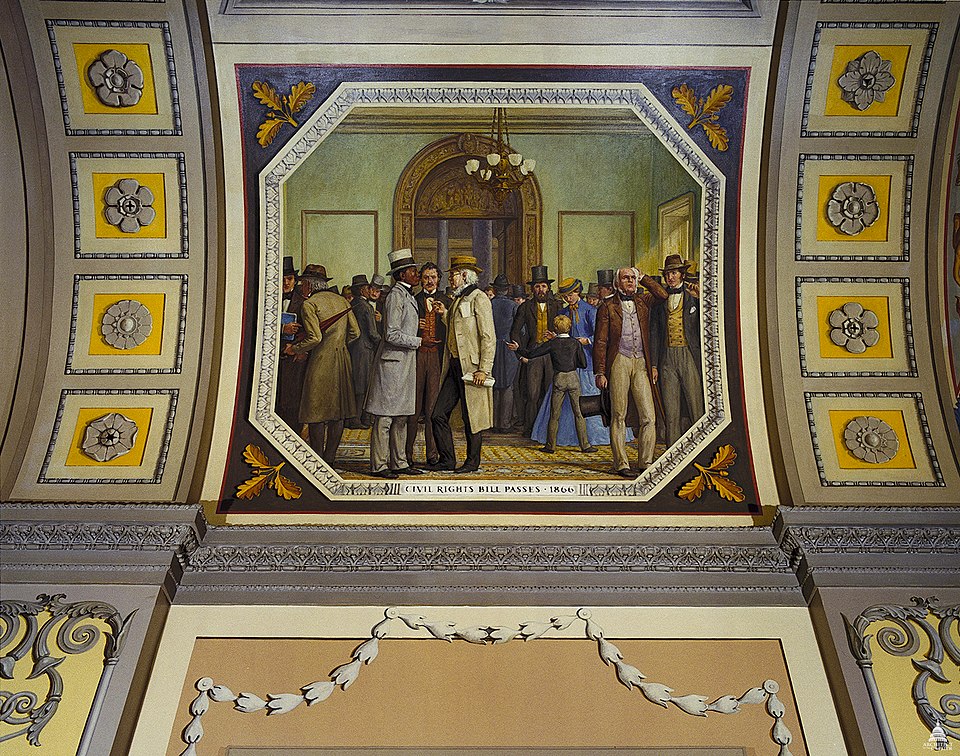
Congress passed the Civil Rights Act of 1875 on March 1, promising equal access to inns, theaters, and public transport. In 1883 the Supreme Court narrowed it in the Civil Rights Cases, a setback that lasted until the Civil Rights Act of 1964 restored federal protections. Court records and city ordinances show the long gap in enforcement. When you study the timeline, note how laws change in steps, not leaps. Many museums in Washington, DC post bag rules and timed entry during busy months.
4. 1900 Galveston Hurricane, 125 Years

On September 8, 1900, a hurricane struck Galveston, Texas, killing at least 6,000 people, with some estimates above 8,000. The city built a 17 foot seawall after 1902 and raised thousands of buildings by pumping in sand. Markers along Seawall Boulevard explain elevations and storm surge. The anniversary is a reminder to read beach flag warnings and heed evacuation orders. Heat and glare on the Gulf can be intense in September, so pack water and wear hats when walking the waterfront.
5. 1925 Scopes Trial, 100 Years
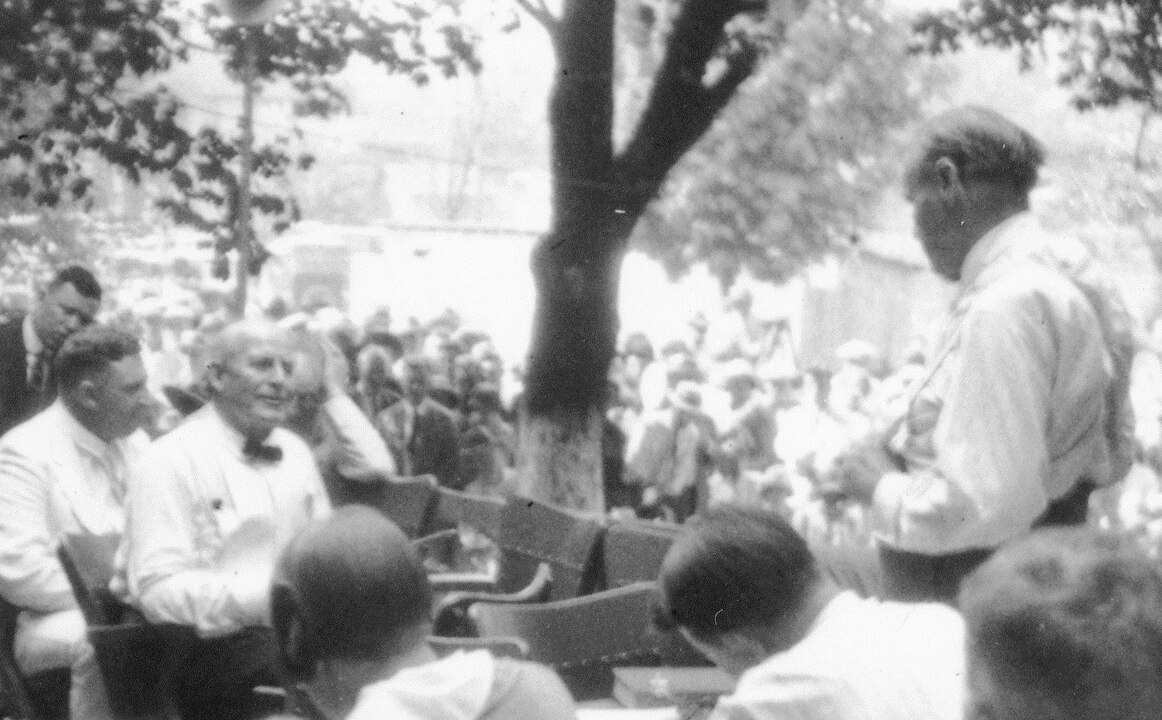
From July 10 to July 21, 1925, the Scopes “Monkey Trial” in Dayton, Tennessee tested a state law that banned teaching evolution. John T. Scopes was found guilty and fined $100, later overturned on a technicality. The Rhea County Courthouse still hosts exhibits with the original courtroom seats. Signs ask visitors to avoid touching railings and displays. The case shows how textbooks, laws, and science standards meet in one room. It also explains how appeals can change outcomes years after a verdict.
6. 1925 Serum Run to Nome, 100 Years
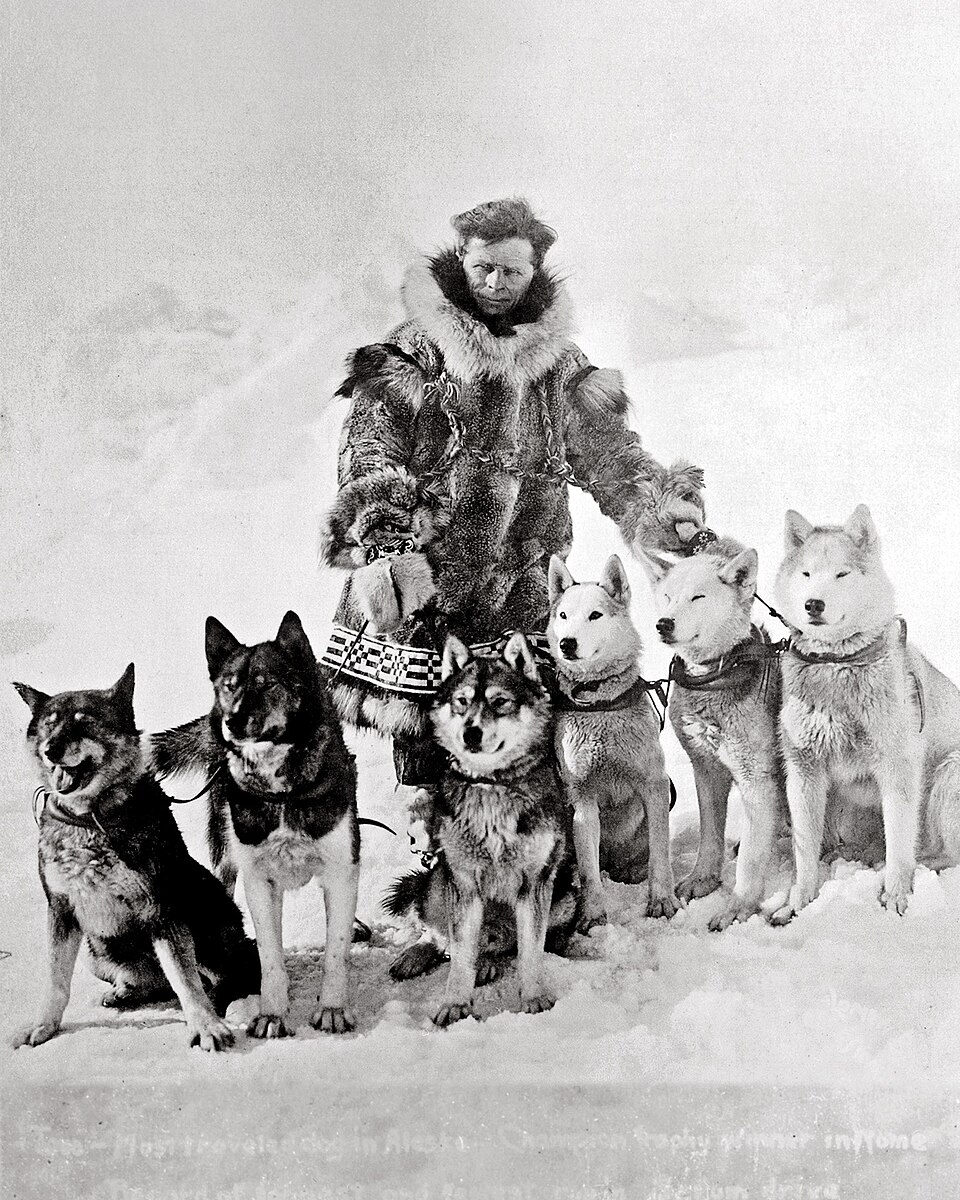
In late January 1925, mushers and dogs relayed diphtheria antitoxin about 674 miles to Nome, Alaska, after ice halted ships. Teams raced at night in minus 30°F wind, following Iditarod Trail posts between roadhouses. Gunnar Kaasen’s dog Balto led the final stretch, while Leonhard Seppala’s Togo covered the longest distance. Bronze statues in Anchorage and New York honor the relay. Winter visitors should carry layers, hand warmers, and avoid icy river crossings. Cold weather can numb fingers in minutes without gloves.
7. 1935 Social Security Act, 90 Years
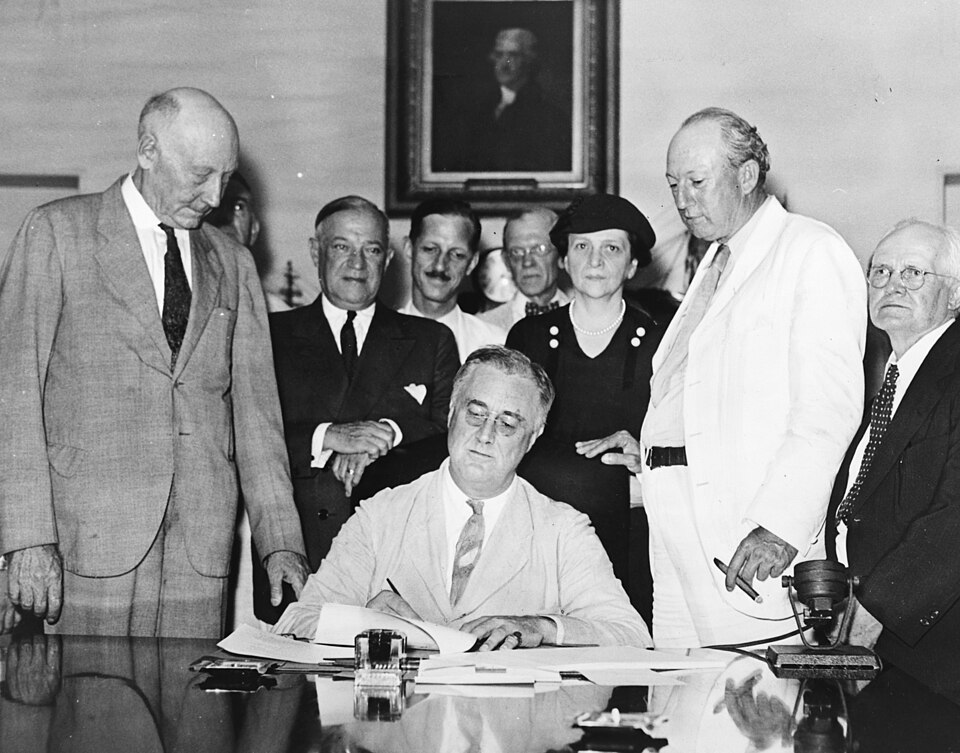
President Franklin D. Roosevelt signed the Social Security Act on August 14, 1935, creating a federal old-age benefits system and unemployment insurance. The first monthly payments began in January 1940. Today, the Social Security Administration is headquartered in Woodlawn, Maryland, and issues annual statements that list earnings and projected benefits. It is a civics lesson in how payroll taxes fund promised checks. If you tour federal facilities, bring government ID, since security gates require photo identification for adult visitors.
8. 1945 United Nations Charter, 80 Years

Delegates from 50 nations signed the United Nations Charter in San Francisco on June 26, 1945; it entered into force October 24, 1945. The Charter set up the General Assembly, Security Council, and International Court of Justice. UN Headquarters opened on New York’s East River in 1952. Tours require valid ID and follow airport-style screening. Flags outside the complex fly in strict alphabetical order. The 80th anniversary is a chance to read the preamble’s goals and compare them with current peacekeeping missions.
9. 1955 Montgomery Bus Boycott, 70 Years
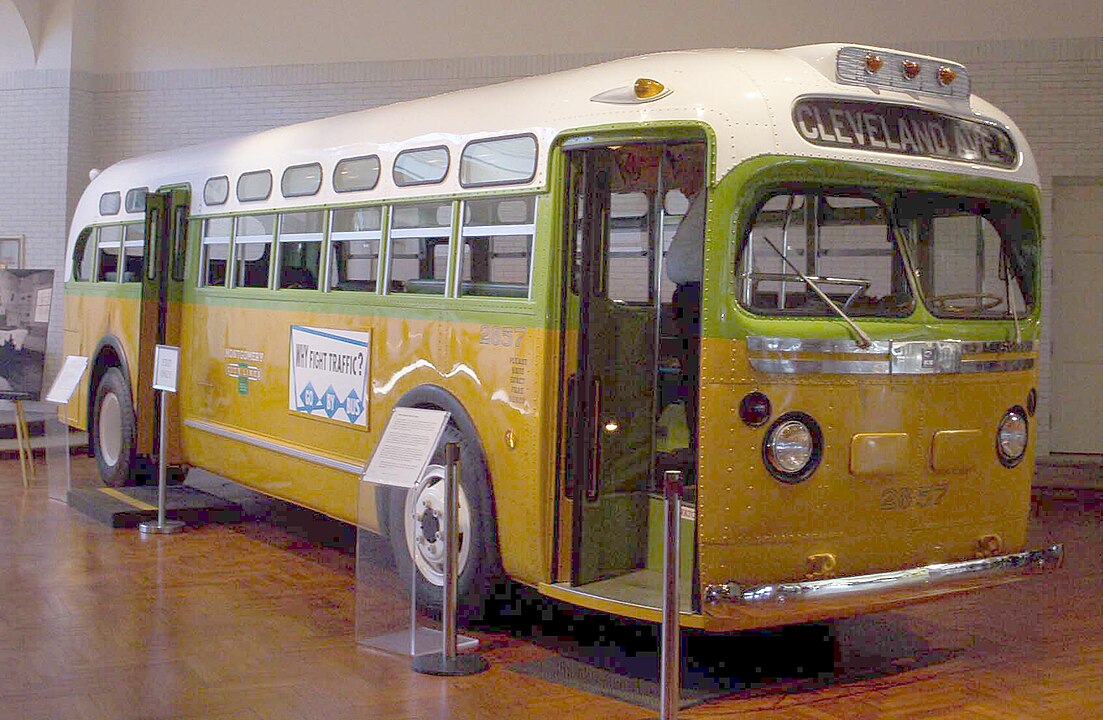
After Rosa Parks was arrested on December 1, 1955, Montgomery’s Black community began a citywide bus boycott on December 5. The protest lasted 381 days and ended on December 20, 1956, when Browder v. Gayle desegregated buses. The Dexter Avenue King Memorial Baptist Church sits a few blocks from the state capitol. Sidewalk markers trace march routes. When visiting, cross at lights, traffic on Dexter Avenue can move fast. The anniversary explains how carpools, church bulletins, and court filings powered change.
10. 1965 Voting Rights Act, 60 Years
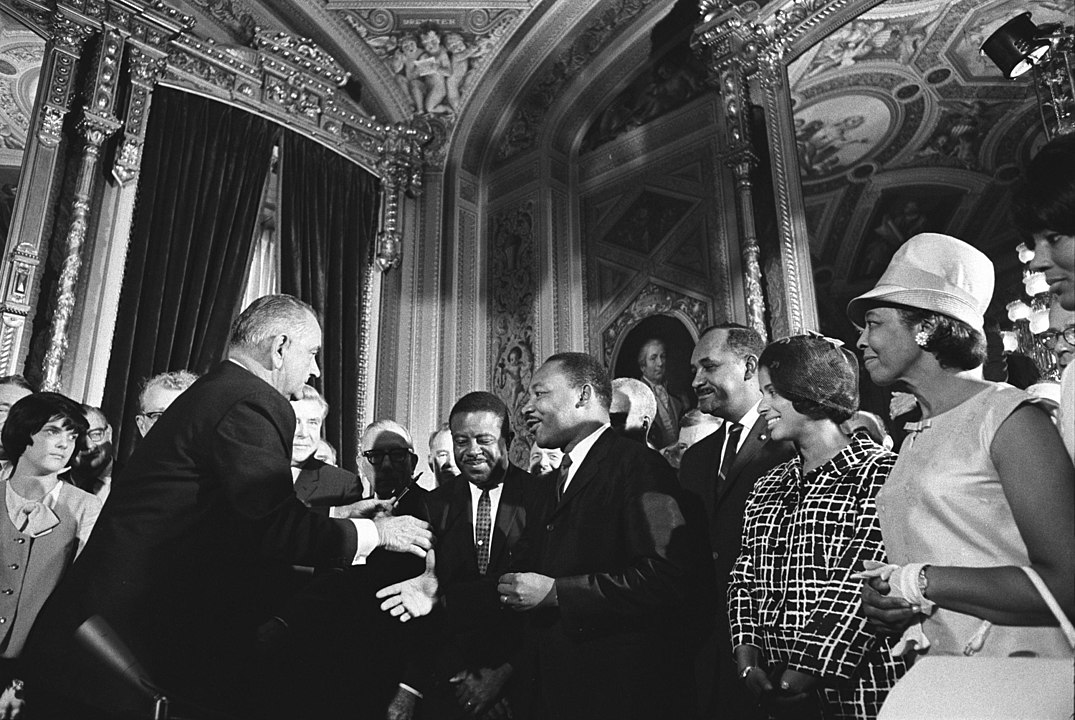
President Lyndon B. Johnson signed the Voting Rights Act on August 6, 1965, days after the Selma to Montgomery marches. The law banned literacy tests and created federal oversight for places with histories of discrimination. Selma’s Edmund Pettus Bridge bears plaques about “Bloody Sunday,” March 7, 1965. Walkers should use the bridge’s pedestrian lane and watch curb edges. The 60th is a good time to look up registration rules in your state and learn how districts are drawn on public maps.
11. 1975 Fall of Saigon, 50 Years

On April 30, 1975, North Vietnamese tanks reached the Presidential Palace in Saigon, ending the Vietnam War. Operation Frequent Wind, April 29 to 30, lifted thousands by helicopter to U.S. ships like USS Midway. The Midway is now a museum in San Diego with a Huey and a Sea Knight on deck. Deck signs post rail heights and no-climb zones, so follow them on busy weekends. The anniversary connects TV images of rooftop evacuations with timelines taught in U.S. history classes.
12. 1985 Live Aid, 40 Years

Live Aid took place on July 13, 1985, with concerts at Wembley Stadium in London and JFK Stadium in Philadelphia. The global broadcast reached an estimated 1.9 billion viewers in more than 100 countries, raising funds for famine relief. Queen’s 20 minute set at Wembley became a rock touchstone. Old ticket stubs list start times and gate numbers, a window into logistics before smartphones. Modern shows still post decibel warnings; smart move, bring ear protection for standing areas near speaker towers.
13. 1995 Windows 95 Launch, 30 Years

Microsoft released Windows 95 on August 24, 1995, adding the Start button, taskbar, and long filename support. Stores held midnight lines, and early reports said 7 million copies sold in the first five weeks. The Plus pack added Internet Explorer 1.0 that same month. Box specs listed 4 MB of RAM as a minimum, a number that sounds tiny now. If you compare old gear with today’s laptops, check ports and adapters before plugging in. Vintage power bricks can overheat on modern strips.
14. 2000 Human Genome Draft, 25 Years

On June 26, 2000, researchers announced a working draft of the human genome, covering roughly 90 percent of the sequence. The full project reached its formal completion in April 2003. Early estimates placed human protein-coding genes near 20,000 to 25,000, far fewer than many expected. Classroom posters show chromosome maps and base pair counts. Science museums often run DNA extraction demos with strawberries and dish soap. Follow lab safety signs, wear goggles, and keep food away from benches during any hands-on activity.
15. 2015 Paris Climate Agreement, 10 Years

On December 12, 2015, 195 parties adopted the Paris Agreement, aiming to hold global warming well below 2°C, with efforts to limit it to 1.5°C. The treaty entered into force on November 4, 2016. Countries file nationally determined contributions on set timetables. City halls across the United States now publish greenhouse gas inventories with tons of CO₂ listed by sector. If you attend a public meeting, sign in and keep comments under the posted time limit, usually 2 or 3 minutes.


